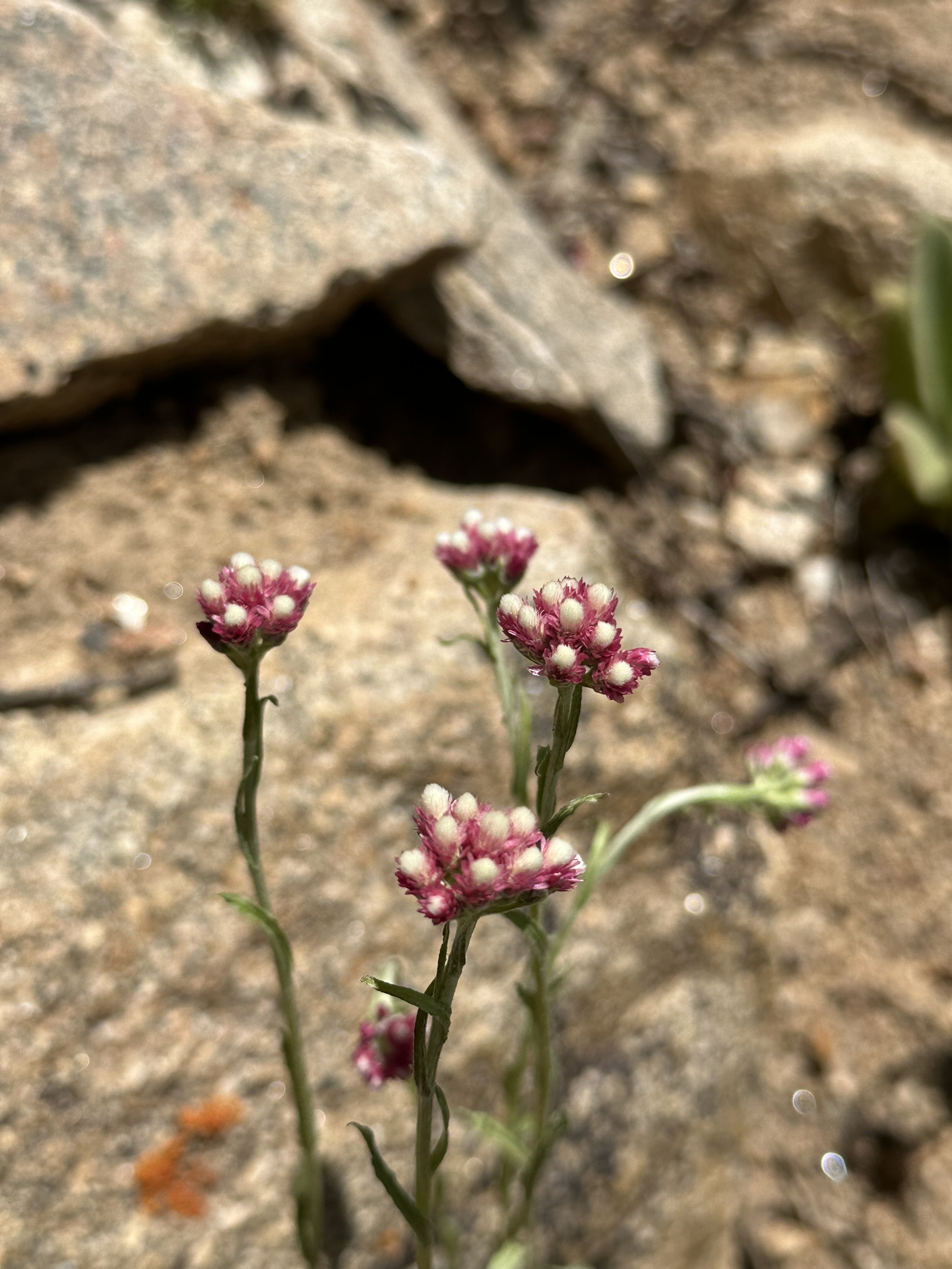Senecio wootonii, June 6, 2023
Common & scientific name
Wooton’s ragwort, Senecio wootonii
Family
Sunflower, Asteraceae
Location
Roadside, 9,500’
Fun, weird, helpful, or little known fact
As Senecios go, this one is relatively easy to identify, owing to its smooth, hairless, almost blueish leaves. It is often found in dry meadows or forests (like lodgepoles). Give yourself a round of applause for learning (yet another) Senecio!


















